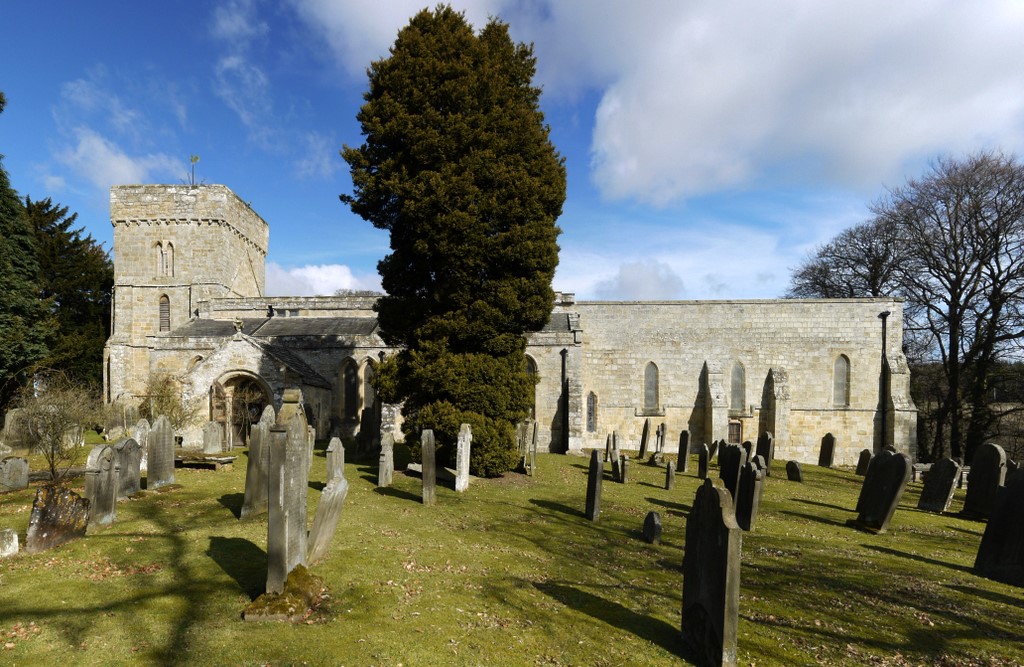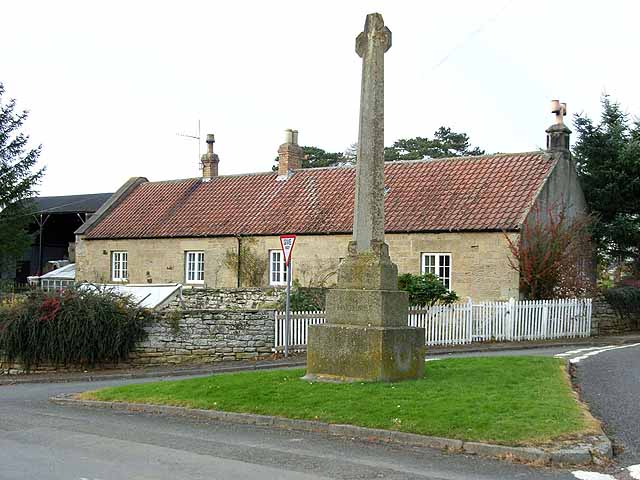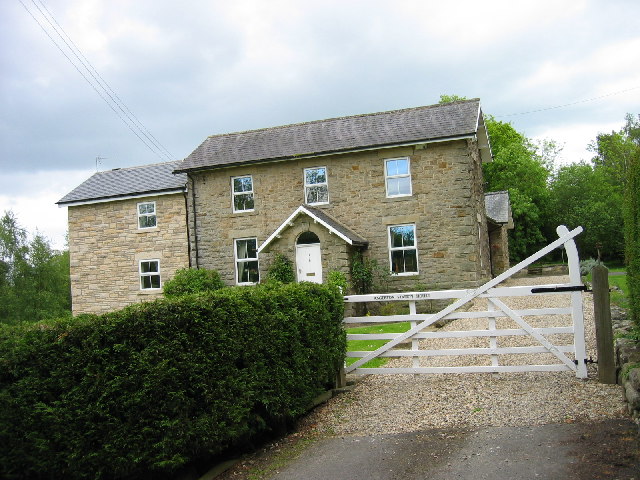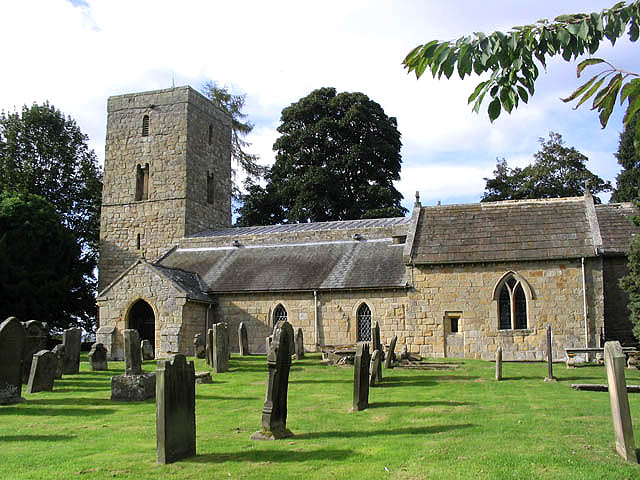High Angerton
Settlement in Northumberland
England
High Angerton

High Angerton is a small village located in the county of Northumberland, in the northeast region of England. Situated just 5 miles southwest of Morpeth, High Angerton is nestled in the picturesque countryside, surrounded by rolling hills and fields.
The village has a rich history, dating back to medieval times, and has retained much of its traditional charm. It features a mix of architectural styles, with some older stone cottages alongside more modern houses. The village is well-maintained, with neatly kept gardens and a sense of community pride evident throughout.
Despite its small size, High Angerton offers some amenities to its residents. The village has a local pub, providing a gathering place for locals and visitors alike. Additionally, there is a village hall where various community events and activities take place, fostering a sense of camaraderie among the residents.
Nature enthusiasts will appreciate the stunning countryside surrounding High Angerton. The village is located close to several nature reserves and walking trails, offering opportunities for outdoor exploration and enjoying the beautiful Northumberland landscapes.
Transportation in the area is primarily reliant on private vehicles, with limited public transportation options available. However, the village's proximity to Morpeth provides access to a wider range of amenities, including shops, schools, and healthcare facilities.
In conclusion, High Angerton is a charming and picturesque village in Northumberland, known for its rich history, beautiful countryside, and tight-knit community spirit.
If you have any feedback on the listing, please let us know in the comments section below.
High Angerton Images
Images are sourced within 2km of 55.162863/-1.85713 or Grid Reference NZ0985. Thanks to Geograph Open Source API. All images are credited.




High Angerton is located at Grid Ref: NZ0985 (Lat: 55.162863, Lng: -1.85713)
Unitary Authority: Northumberland
Police Authority: Northumbria
What 3 Words
///snows.brink.aced. Near Hartburn, Northumberland
Nearby Locations
Related Wikis
Hartburn, Northumberland
Hartburn is a village in Northumberland, in England. It is situated about 6 miles (10 km) to the west of Morpeth. The population at the 2011 census was...
Hartburn War Memorial
Hartburn War Memorial is a First World War Memorial in the village of Hartburn, Northumberland, in the north-east of England. The memorial, designed by...
Angerton railway station
Angerton was a railway station serving the village of Low Angerton in Northumberland, Northern England. It was located on the Wansbeck Railway, which diverged...
Meldon Park
Meldon Park is a privately owned country mansion situated at Meldon, Northumberland. It is a Grade II* listed building. == Present building == In 1832...
Hart Burn
Hart Burn is a river that flows through Northumberland, England. It is a tributary of the River Wansbeck, is 24 km long and has a catchment area of 45...
Middleton North railway station
Middleton North was a stone-built railway station on the Wansbeck Railway between Morpeth and Reedsmouth, which served the villages of Middleton and Hartburn...
Bolam, Northumberland
Bolam is a village and former civil parish, now in the parish of Belsay in the county of Northumberland, England. The village is about 20 miles (32 km...
Huckhoe Settlement
Huckhoe Settlement is an archaeological site in Northumberland, England, near the village of Bolam and about 7 miles (11 km) west of Morpeth. The site...
Nearby Amenities
Located within 500m of 55.162863,-1.85713Have you been to High Angerton?
Leave your review of High Angerton below (or comments, questions and feedback).



















